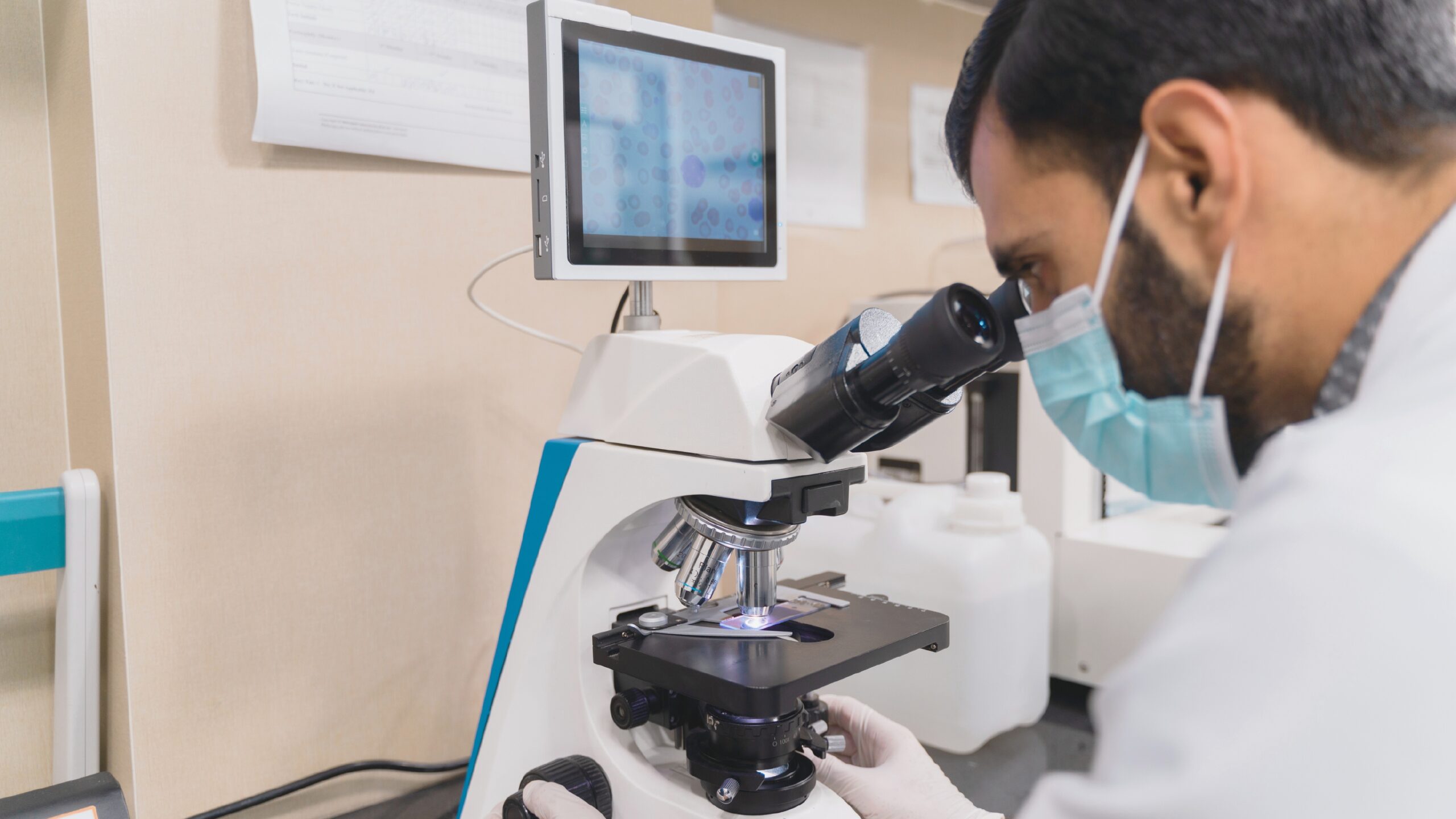Camels and Biosecurity: How Desert Science Could Safeguard Saudi Arabia’s Food and Pharma Future

The concept of biosecurity has taken on new urgency in a world increasingly vulnerable to supply chain disruptions, pandemics, and climate change. For Saudi Arabia, where Vision 2030 aims to foster resilience and economic diversification, biosecurity is now viewed as a strategic pillar of national strength. Surprisingly, one of the Kingdom’s most promising allies in this mission is not found in the laboratory, but in the desert.
Far from being a relic of the past, the camel is emerging as a powerful strategic asset in Saudi Arabia’s biotechnology-driven quest for food and pharmaceutical independence. Its adaptability, unique biology, and deep cultural significance position it at the heart of a new national biosecurity narrative.
The Expanding Definition of Biosecurity
Historically, biosecurity referred to measures designed to prevent the introduction and spread of harmful biological agents, such as pathogens in agriculture, zoonotic diseases in livestock, or biowarfare threats. In the twenty-first century, the concept has evolved. It now encompasses a nation’s ability to produce, safeguard, and manage access to vital biological resources, including food proteins, vaccines, and biopharmaceuticals (FAO, 2021).
Under this broader framework, biotechnology plays a vital role in building national resilience. In this emerging ecosystem, the camel is becoming an increasingly valuable contributor, particularly within Saudi Arabia.
Camel-Based Resources for Food Security
Securing a sustainable, localized supply of nutrient-rich food is the first step toward food security. Here, camel milk offers compelling advantages. It is not only nutritionally dense and well tolerated by lactose-intolerant populations, but also more resilient to supply shocks, thanks to the camel’s low water and feed requirements. Compared to cow’s milk, camel milk contains three to five times more vitamin C, and is rich in iron, calcium, and unsaturated fats (Yagil, 1982).
Camels are also far better adapted to the arid environments of the Arabian Peninsula than cows or sheep. They can thrive where other livestock cannot, making them a critical asset for future-proofing food production amid advancing desertification and growing water scarcity.
Saudi Arabia already hosts the world’s largest population of domesticated camels. Major dairy enterprises, such as NADEC and Camelicious, have demonstrated the economic viability of camel milk. With strategic investments in cold chain logistics and food processing, camel milk could anchor a local functional foods sector and reduce dependence on imported dairy.
Pharmaceutical Sovereignty through Camel Biotechnology
The COVID-19 pandemic underscored the importance of pharmaceutical sovereignty. As global supply chains faltered, many nations were left waiting for critical vaccine shipments. In response, Saudi Arabia pledged to accelerate its biotech sector and localize vaccine production.
Camels can strategically contribute to this goal in three key ways.
Engineering Nanobodies
Camels naturally produce nanobodies, small single-domain antibodies that are more stable and easier to work with than conventional antibodies. These nanobodies have shown promise in neutralizing viruses such as SARS-CoV-2 and could become essential tools in rapid-response drug development (Dong et al., 2020).
Biological Platforms for Therapeutics
Camel milk itself could serve as a biological platform for producing therapeutic proteins, including recombinant insulin and anti-inflammatory agents. This aligns with Saudi Arabia’s goal of developing medications that are both culturally relevant and halal compliant.
Modeling Zoonotic Diseases
Camels also play a role in advancing understanding of zoonotic diseases, as they serve as intermediate hosts for MERS-CoV. By strengthening camel health surveillance, Saudi Arabia could emerge as a regional leader in zoonotic disease monitoring, a critical component of global biosecurity.
Bridging Modern Science with Cultural Heritage
The camel holds a profound place in Saudi cultural identity. Its influence is woven through poetry, religion, and the very story of survival in the desert. Integrating camels into the national biosecurity agenda offers more than scientific or economic advantages. It creates cultural legitimacy and public support.
Imagine a future in which camel-derived nanobodies become a signature Saudi pharmaceutical export, or camel milk-based supplements reduce the Kingdom’s reliance on imported dairy proteins. Such outcomes would resonate not only with global markets, but also with Saudi Arabia’s national identity.
Obstacles and the Path Forward
Several challenges remain on the path to fully integrating camels into Saudi Arabia’s biosecurity framework.
- Standardized research protocols for camel-derived products are lacking.
- Regulatory frameworks for new therapies based on unconventional species remain unclear.
- Collaboration between food science, biomedical, and veterinary sectors is limited.
These hurdles are far from insurmountable. With multidisciplinary research, private sector innovation, and strong government support, Saudi Arabia can transform camels into pillars of bio-resilience.
Conclusion: From Heritage to Sovereignty
The camel is poised to become more than a symbol of Saudi heritage. It can help shape the Kingdom’s future. By harnessing camel-based biotechnology, Saudi Arabia can enhance its biosecurity, achieve functional independence in critical sectors, and offer culturally authentic innovations to the world.
In an unpredictable global landscape, nations that can control their biological resources will shape the future. In this new era, the camel is no longer a supporting player. With science, policy, and culture aligned, it is ready to take center stage.
References
- Dong, J., Huang, B., Wang, B., et al. (2020). Development of humanized nanobodies targeting SARS-CoV-2 receptor-binding domain. Science Bulletin, 65(24), 2125–2131.
- FAO. (2021). Biosecurity for Agriculture and Food Production. Food and Agriculture Organization of the United Nations. Retrieved from: http://www.fao.org/biosecurity
- Yagil, R. (1982). Camels and Camel Milk. FAO Animal Production and Health Paper No. 26. Rome: Food and Agriculture Organization.
